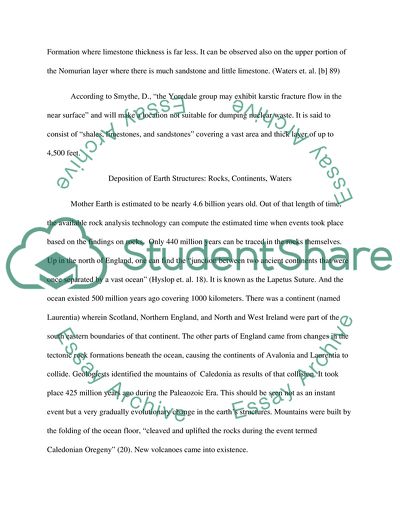Cite this document
(Paleontology Environment of Yoredale Group in the UK Term Paper, n.d.)
Paleontology Environment of Yoredale Group in the UK Term Paper. https://studentshare.org/environmental-studies/1779498-describe-the-palaeogeography-and-depositional-environments-which-prevailed-during-formation-of-the-wensleydale-group-yoredale-group-of-the-northern-uk
Paleontology Environment of Yoredale Group in the UK Term Paper. https://studentshare.org/environmental-studies/1779498-describe-the-palaeogeography-and-depositional-environments-which-prevailed-during-formation-of-the-wensleydale-group-yoredale-group-of-the-northern-uk
(Paleontology Environment of Yoredale Group in the UK Term Paper)
Paleontology Environment of Yoredale Group in the UK Term Paper. https://studentshare.org/environmental-studies/1779498-describe-the-palaeogeography-and-depositional-environments-which-prevailed-during-formation-of-the-wensleydale-group-yoredale-group-of-the-northern-uk.
Paleontology Environment of Yoredale Group in the UK Term Paper. https://studentshare.org/environmental-studies/1779498-describe-the-palaeogeography-and-depositional-environments-which-prevailed-during-formation-of-the-wensleydale-group-yoredale-group-of-the-northern-uk.
“Paleontology Environment of Yoredale Group in the UK Term Paper”. https://studentshare.org/environmental-studies/1779498-describe-the-palaeogeography-and-depositional-environments-which-prevailed-during-formation-of-the-wensleydale-group-yoredale-group-of-the-northern-uk.


